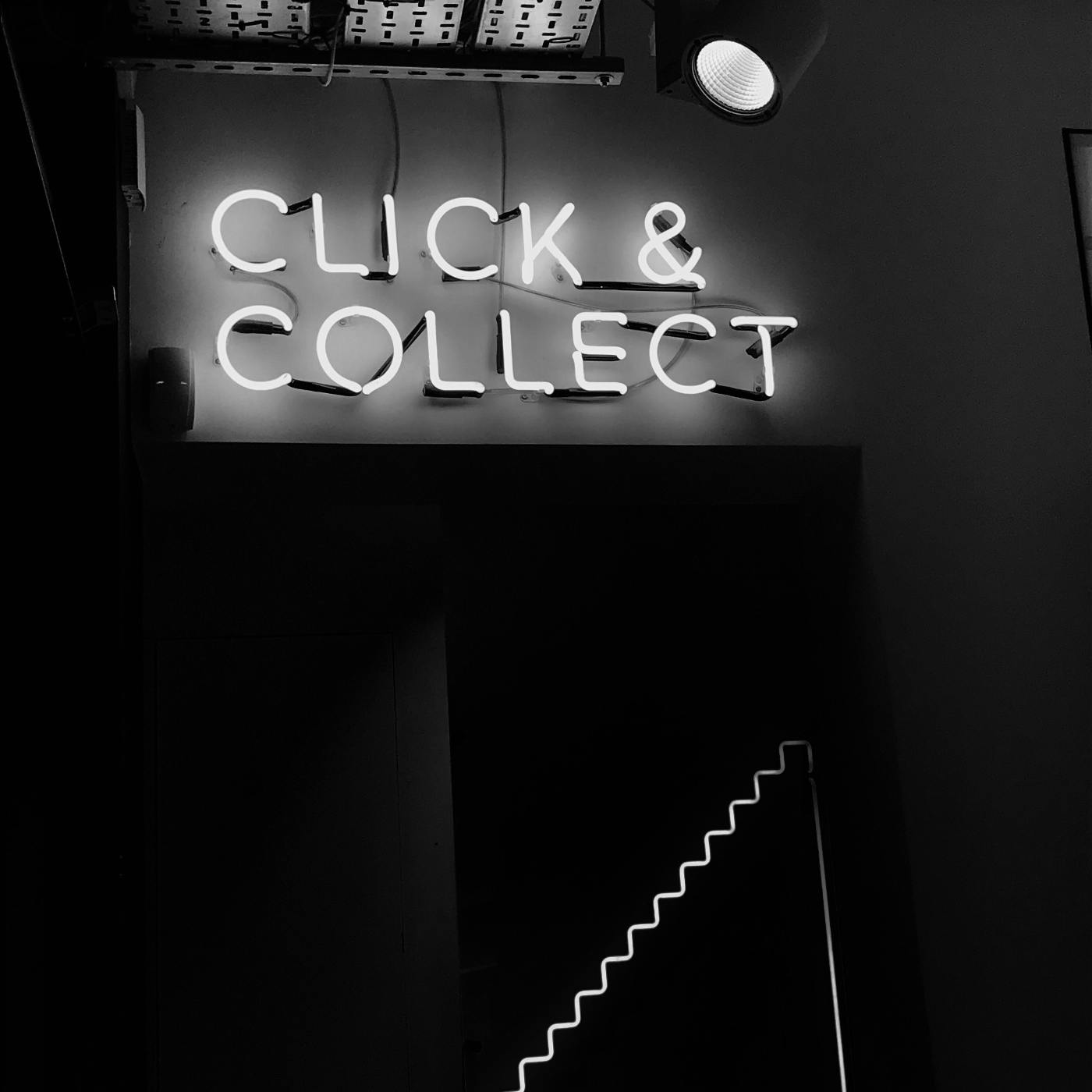
In the world of digital marketing, Pay-Per-Click (PPC) advertising has emerged as a powerful tool for businesses to drive targeted traffic and generate leads or sales.
In the world of digital marketing, Pay-Per-Click (PPC) advertising has emerged as a powerful tool for businesses to drive targeted traffic and generate leads or sales. However, simply launching PPC campaigns is not enough to guarantee success. Maximizing return on investment (ROI) with PPC advertising requires a strategic approach, meticulous planning, continuous optimization, and a deep understanding of the digital landscape. In this comprehensive guide, we will delve into the various aspects of PPC advertising and explore how businesses can effectively maximize their ROI in this dynamic and competitive realm.
Understanding PPC Advertising
Before delving into the strategies for maximizing ROI, it's crucial to have a clear understanding of what PPC advertising entails. PPC is a model of online advertising where advertisers pay a fee each time their ad is clicked. It's a way to buy visits to your website rather than earning them organically through search engine optimization (SEO) or other methods. Some of the key elements of PPC advertising include:
1. Keywords:
PPC advertising revolves around selecting the right keywords that are relevant to your business. These keywords trigger your ads to appear when users search for specific terms on search engines like Google or Bing.
2. Ad Copy:
Crafting compelling and relevant ad copy is essential to grab the attention of potential customers. Your ad copy should highlight your unique selling points, and it must align with the keywords you are targeting.
3. Landing Pages:
The landing page is where users are directed when they click on your ad. It's crucial to ensure that your landing page is optimized for conversions, providing users with a seamless and persuasive experience.
4. Budgeting:
Setting a realistic budget is essential in PPC advertising. Advertisers can control their spending by setting daily or monthly limits, ensuring that they don't overspend.
5. Bidding:
PPC platforms use bidding systems to determine when and where your ads will appear. Advertisers can choose between manual or automated bidding strategies to control their ad placements.

Strategies for Maximizing ROI with PPC Advertising
Now that we have a foundational understanding of PPC advertising, let's explore strategies to maximize ROI:
1. Thorough Keyword Research:
Effective keyword research is the backbone of any successful PPC campaign. Use keyword research tools like Google Keyword Planner or SEMrush to identify relevant keywords with high search volumes and reasonable competition. It's essential to choose keywords that closely match your business offerings and have a strong commercial intent.
2. Negative Keywords:
In addition to selecting relevant keywords, identifying and excluding negative keywords is equally important. Negative keywords are terms that are not relevant to your business but might trigger your ads. By excluding these keywords, you prevent wasted ad spend and ensure your ads reach a more qualified audience.
3. Quality Score Optimization:
Google assigns a Quality Score to your keywords based on various factors, including ad relevance, landing page experience, and click-through rate (CTR). A higher Quality Score can lead to lower costs per click (CPC) and better ad placements. Focus on improving your ad relevance and optimizing your landing pages to boost your Quality Score.
4. Ad Extensions:
Leverage ad extensions to provide additional information to users and make your ads more appealing. Extensions like site links, callout, and structured snippets can enhance your ad's visibility and encourage users to click.
5. A/B Testing:
Continuous testing is a fundamental aspect of PPC advertising. Run A/B tests on ad copies, landing pages, and even ad formats to identify what resonates best with your target audience. Over time, this iterative process will help you refine your campaigns and improve ROI.
6. Geo-Targeting:
Geo-targeting allows you to show your ads to users in specific locations. This is especially useful for businesses with a local focus. By targeting your ads geographically, you can ensure that your budget is spent on the most relevant and potential customers.
7. Ad Schedule Optimization:
Analyze your campaign data to determine when your ads perform best. Adjust your ad schedules to allocate more budget during peak times and reduce spending during periods of lower conversion rates. This optimization can significantly impact your ROI.
8. Remarketing:
Implementing a remarketing strategy can be highly effective in maximizing ROI. Show tailored ads to users who have previously visited your website but did not convert. These ads serve as gentle reminders and can lead to higher conversion rates.
9. Monitoring and Analytics:
Regularly monitor your PPC campaigns and analyze performance metrics. Platforms like Google Ads provide detailed data on clicks, impressions, conversions, and more. Use this data to identify underperforming elements and make data-driven decisions for optimization.
10. Budget Allocation:
Allocate your budget strategically across campaigns and keywords based on their performance. Invest more in campaigns that deliver a high ROI and consider pausing or reallocating budget from low-performing ones.
11. Competitor Analysis:
Keep an eye on your competitors' PPC strategies. Analyze their keywords, ad copy, and landing pages to identify opportunities for improvement in your campaigns.
12. Adherence to Best Practices:
Stay updated with the latest PPC best practices and industry trends. PPC platforms are constantly evolving, so it's crucial to adapt to changes and adopt new features that can benefit your campaigns.

Summing Up
Maximizing ROI with Pay-Per-Click advertising is a multifaceted endeavor that requires a combination of research, strategy, and ongoing optimization. By selecting the right keywords, crafting compelling ad copy, optimizing landing pages, and continuously monitoring and improving your campaigns, you can achieve higher ROI and ensure that your advertising dollars are well spent in the digital landscape. PPC advertising offers immense potential for businesses to reach their target audience effectively, and with the right approach, it can be a cornerstone of your online marketing strategy.
You Should Know
ThoughtLab is a dynamic and innovative full-service creative agency renowned for its exceptional branding prowess and relentless commitment to thinking outside the box. With a team of visionary creatives, strategists, Web3, and marketing experts, plus decades of superior website design, ThoughtLab consistently delivers groundbreaking solutions that redefine the boundaries of branding and design. They understand that in today's fast-paced and competitive landscape, it is vital to break away from convention and embrace bold, unique ideas.
ThoughtLab's approach revolves around immersing themselves in their client's businesses, understanding their values and aspirations, and crafting tailor-made branding experiences that resonate deeply with the target audience. Their track record of success stands as a testament to their ability to push creative boundaries, captivate audiences, and ensure their client's brands stand out amidst the noise. With a focus on innovation and a passion for excellence, ThoughtLab continues to be at the forefront of revolutionizing the world of branding and marketing. Contact ThoughtLab today.

